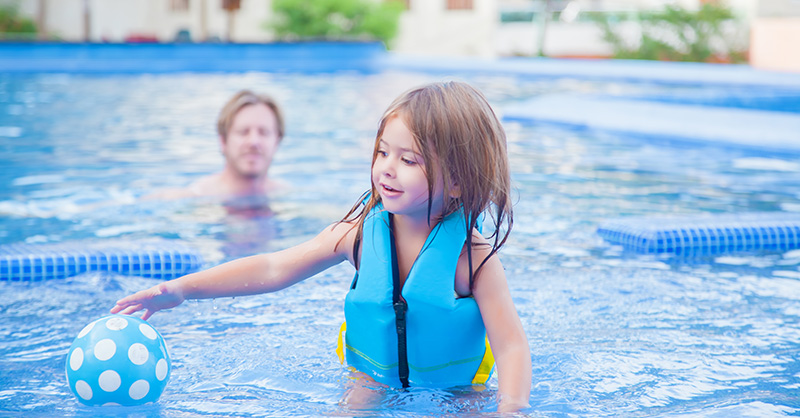Help Save Lives by Choosing the Right Life Jackets

Organizations’ needs for life jackets can differ depending on the types of operations that they conduct.
Types of Life Jackets
The United States Coast Guard offers a standardized rating system for life jackets/personal flotation devices (PFDs):
- Type I has the greatest required inherent buoyancy and turns most unconscious persons in the water from a face-down position to a vertical and slightly backward position. This greatly increases one's chance of survival.
- Type II is intended to turn some unconscious persons from a face-down position in the water to a position where the wearer's respiration is not impeded.
- Type III is intended to support a conscious person in the water in an upright position. This type of device is not required to turn an unconscious person in the water from a face-down position to a position where the wearer's respiration is not impeded.
- Type V Is approved for restricted uses or activities, such as boardsailing or commercial whitewater rafting. These devices may not be suitable for other boating activities. The label indicates whether a particular design of Type V can be used in a specific application, what restrictions or limitations apply and its performance type.
The prior system is in the process of being phased out into the new level-rating system that is based on performance levels, although the prior life jackets are still valid and usable.
The new system is as follows:
- Level 50 - Intended for use by those who are competent swimmers and who are near a bank or shore or who have help and a means of rescue close at hand.
- Level 70 - Intended for use by those who have help or a means of rescue nearby or who are near a bank or shore. These devices have minimal bulk but cannot be expected to keep the user safe for a long time in disturbed water.
- Level 100 - Intended for those who may have to wait for rescue but are likely to do so in sheltered water. The device should not be used in rough water.
- Level 150 - Intended for general application or use with foul-weather clothing. It will turn an unconscious person to a safe position requiring no subsequent action by the user to maintain this position.
- Level 275 - Intended primarily for offshore use under extreme conditions.
These ratings along with the type can be found on the life jacket if the life jacket is USCG certified. In the ideal environment, life jackets should be tested by individuals by trying the life jacket on and attempting to float in the water, making sure that you can float above your chin unassisted.
When Should Life Jackets Be Used?
Using life jackets and other flotation devices may be made mandatory for certain organizations. It’s recommended that organizations that operate in lakes or ponds (also known as brown water) require all swimmers, regardless of age, to wear life jackets, especially when aquatic inflatables are in use as they increase the risk of drowning.
For swimming organizations that operate in pools, the use of life jackets may only be required for those with a low skill level of swimming or for areas of play where the risk of drowning is elevated. These areas may include wave pools, “lazy rivers” and rides where tubes are used in rough or deep waters.
Life Jacket Maintenance
Life jackets should be routinely inspected and maintained. For organizations with low use, this could be weekly or monthly. However, high use inspections may be done daily. The following items should be inspected:
- Check whether straps are in good shape and firmly attached.
- Check for leaks or hardened buoyancy materials, along with any stains or abnormal saturation in the fabric.
- Make sure that the jacket is not torn and that it does not have any perforations.
- Verify that the USCG label is readable and attached.
- Remove life jackets that do not meet standards or are damaged.
- Do not remove any labels or straps.
- Make sure to store in a dry and open area with good ventilation.
Life Jacket Laws and Regulations
Consult your local and state government laws concerning the use of life jackets in lakes and on boats.









